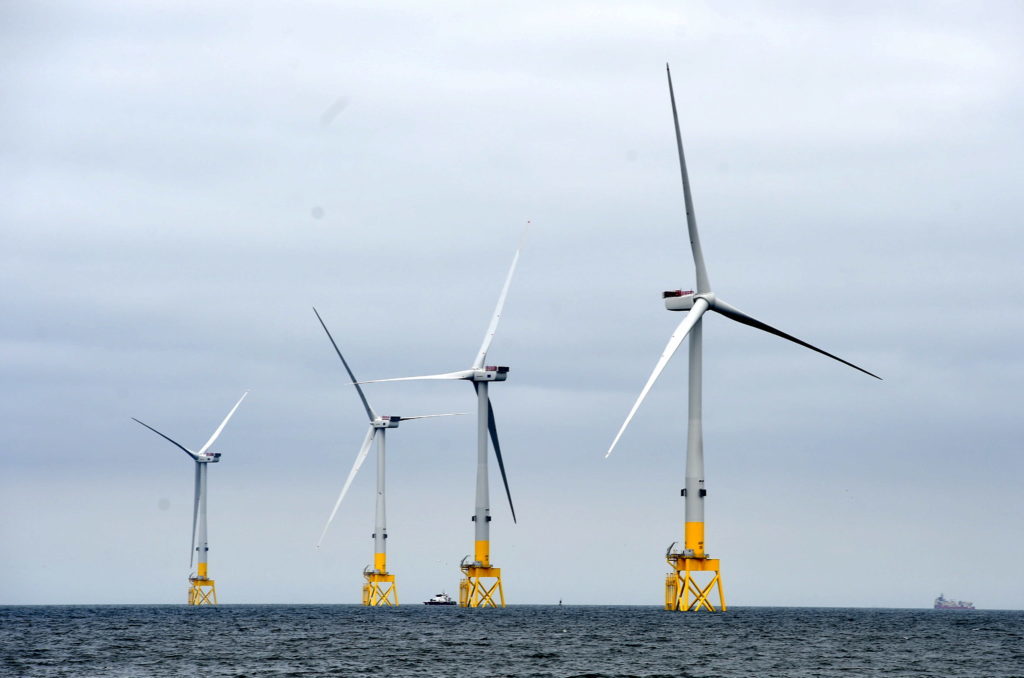
A “first of its kind” study is being deployed off the coast of Aberdeen to investigate how bird populations are affected by major wind energy projects.
Swedish energy firm Vattenfall will invest in research to analyse the “avoidance behaviour” of birds at the 11-turbine Aberdeen Bay windfarm, also known at the European Offshore Wind Deployment Centre (EOWDC)>
The company said the work, due to start in spring next year, is the first time research will be conducted at this scale during breeding season.
Vattenfall will invest a portion of the EOWDC’s £2.6million fund for scientific research to carry out the work, aimed at preventing any adverse effect on bird populations by windfarms.
It is expected to last two or three years and Vattenfall is calling for bird specialists to bid for research funding.
Danielle Lane, the firm’s UK Country Manager, said: “Yet again the EOWDC demonstrates its cutting-edge credentials with this significant investment in seabird research.
“The industry, decision makers and ornithology specialists rightly take great care when assessing the impact of offshore wind turbines on bird populations.
“The more data we have, the more confident that decision making can be.
“That’s why we expect this research, combined with others, to boost understanding and improve collision prediction models.
“This will go a long way to helping smooth the path for fossil-free offshore wind to make a telling contribution in the fight against climate change.”
The research will focus on the northern gannet, black-legged kittiwake and large gulls such as great black-backed gull and herring gull.
A panel of experts including RSPB Scotland and Scottish Natural Heritage will support the scientific programme.
Aly McCluskie, senior conservation scientist with RSPB Scotland, said: “The EOWDC research programme has already produced important results and this latest call for bids will hopefully facilitate research that will shed light on bird behaviour and collisions at offshore wind farms.
“There is currently considerable uncertainty in our understanding of how birds behave in the vicinity of wind turbines, and we need to greatly improve this understanding in order to be able to accurately predict and prevent adverse impacts on bird populations.
“The UK is currently undergoing an unprecedented expansion in offshore wind farm development and while we welcome the urgent transition to renewable energy to tackle climate change, it is crucial that this should not be at the expense of our wildlife.
“This project will help to fulfil our ambitions for offshore renewable deployment to happen in harmony with nature.”
